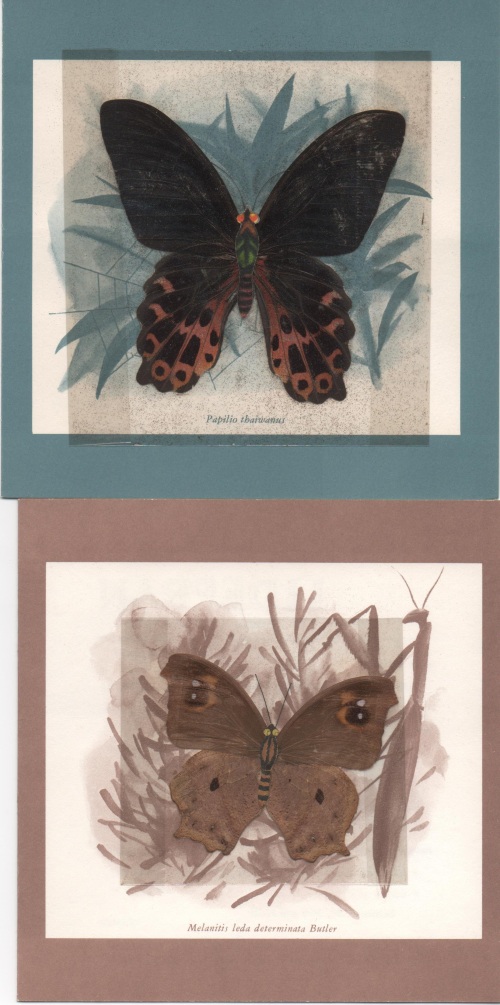Recently, my Google-fu saved me from making the second-stupidest mistake a lepidopterologist can make (the stupidest, obviously, is confusing a butterfly and a moth). While looking for caterpillars of the cabbage white butterfly (for science), my labmates and I found these guys nomming what turns out to be a species of loosestrife: Superficially, it looks a bit like a cabbage white, but it has no business eating that plant! (Why’d you think they call them cabbage whites?!) But it’s actually not even close. It’s the larva of a relative of bees, wasps, and ants—a sawfly, probably Monostegia abdominalis, which specializes on loosestrife*. How can one tell the difference? Count the prolegs – the leg-like stubs behind the “real” legs, which are the first three pairs behind its head. If there are seven or more, it’s a sawfly; if there are five or fewer, it’s a caterpillar (usually). The beast in the picture has eight pairs if you count the anal prolegs, the pair on the last segment.
Superficially, it looks a bit like a cabbage white, but it has no business eating that plant! (Why’d you think they call them cabbage whites?!) But it’s actually not even close. It’s the larva of a relative of bees, wasps, and ants—a sawfly, probably Monostegia abdominalis, which specializes on loosestrife*. How can one tell the difference? Count the prolegs – the leg-like stubs behind the “real” legs, which are the first three pairs behind its head. If there are seven or more, it’s a sawfly; if there are five or fewer, it’s a caterpillar (usually). The beast in the picture has eight pairs if you count the anal prolegs, the pair on the last segment.
While their larvae look quite similar, sawflies and butterflies/moths grow up to be quite different. Sawflies burrow underground to pupate, and the pupae tend to look like weirdly frozen adults, while lepidopteran pupae look like blobs, sometimes wrapped in silk, and usually, but by no means exclusively, attached to a branch or other aboveground surface. Adult sawflies look quite wasplike, and they get their names from the females’ sawlike ovipositors, which are literally used to saw into plants so they can lay their eggs inside them.
I noticed many of the sawfly larvae curled up tightly on leaves or on the ground, as in the picture below. (It’s also done quite a number on that leaf! And when I checked back a week later, the patch of loosestrife was completely skeletonized.) They seemed to do this as a defensive posture, with one staying curled up for at least five minutes after I poked it. This behaviour apparently isn’t unique to M. abdominalis, as evidenced by this adorable picture.
*Unfortunately, they only seem to eat Lysimachia species, not the evil, despicable, nefarious purple loosestrife, which belongs to a different family.








